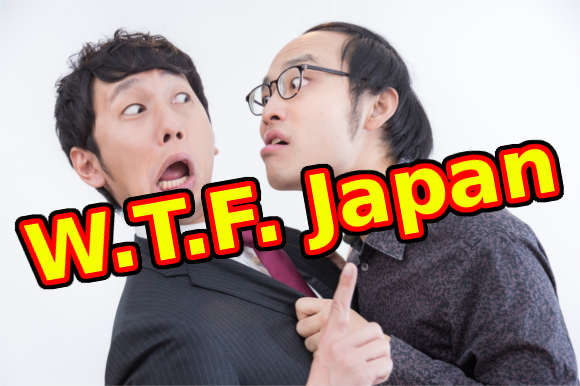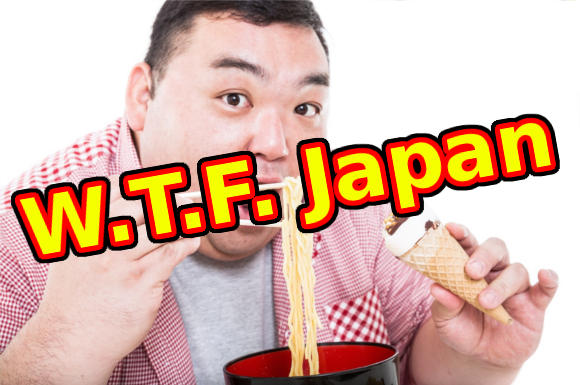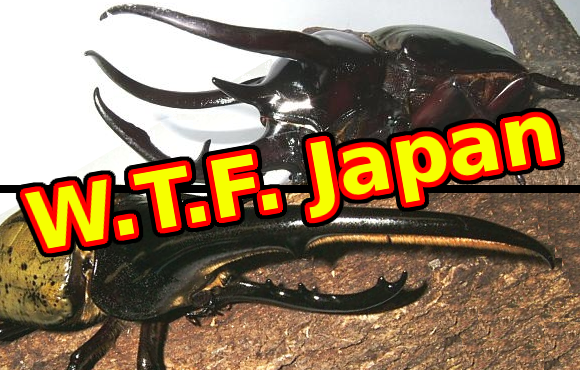This week for my RocketNews24 W.T.F. Japan article, I wrote about top five offensive Japanese insults.
Coming after last week’s top five strange ways to be polite, it only seemed right to do a full 180 and talk about how to be rude with some Japanese insults!
A few months ago I looked at the top five most offensive Japanese swear words, and people seemed to like it. Luckily there were still plenty of terrible words left over ready to be brought to the attention of the internet, so I jumped on the chance.
Originally this article was supposed to be a true sequel to the original and be “top five MORE offensive Japanese swear words.” But after my editor looked it over, we deduced that some of the items in the list strayed a bit far from “swear” territory and into just “not-so-nice slang” territory. I had to rewrite it a bit, but I think it’s a lot stronger now, and I’m looking forward to writing that “not-so-nice slang” article someday in the future.
The reason I really like the rewrite is mostly because of the #1 item on the list. What is it? Check it out to see.









